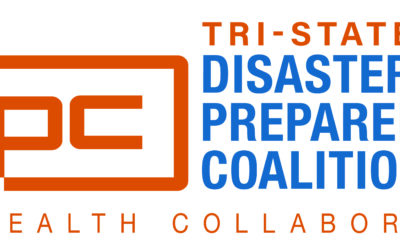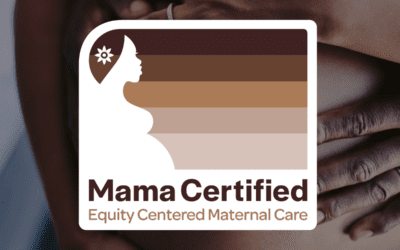MEDIA CONTACT:
Christa Hyson, MPH
Senior Manager, External Relations
(513) 247-5254
FOR IMMEDIATE RELEASE: READ IN ARABIC – CHINESE – FRENCH – HINDI – JAPANESE – KHMER – NEPALI – RUSSIAN – SPANISH – UZBEK – VIETNAMESE
Updated Guidance for COVID-19 Testing and Isolation Released by Ohio Department of Health
To target testing efforts, the Centers for Disease Control and Prevention (CDC) recommends that clinicians should first assess patients for symptoms suggestive of COVID-19 (cough, fever, shortness of breath) and prioritize testing for those most severely ill and at highest risk for complications.
Priorities include:
- Hospitalized patients who have signs and symptoms compatible with COVID-19 in order to inform decisions related to infection control.
- Other symptomatic individuals such as, older adults and individuals with chronic medical conditions and/or an immunocompromised state that may put them at higher risk for poor
There are additional epidemiologic factors that may also help guide decisions about COVID-19 testing. Documented COVID-19 infections in a jurisdiction and known community transmission may contribute to an epidemiologic risk assessment to inform testing decisions. Clinicians are strongly encouraged to test for other causes of respiratory illness (e.g., influenza).
Mildly ill patients should be encouraged to stay home (self-isolate) and contact their healthcare provider by phone for guidance about clinical management. Patients who have severe symptoms, such as difficulty breathing, should seek care immediately. Older patients and individuals who have underlying medical conditions or are immunocompromised should contact their physician early in the course of even mild illness.
The Ohio Department of Health, in collaboration with community partners, has developed a tier-based testing strategy for individuals with suspected COVID-19:
| Testing Tier | Description |
| Tier 1 | Inpatients at hospitals and other healthcare facilities, including long-term care, with symptoms suggestive of COVID-19 |
| Tier 2 | Healthcare workers at Tier 1 institutions with symptoms and all individuals in public safety occupations |
| Tier 3 | Individuals with mild-to-moderate symptoms who are high risk — elderly, and those with serious medical problems |
| Tier 4 | Individuals with mild/moderate symptoms and without risk factors for adverse outcomes – testing not currently recommended |
| Tier 5 | Asymptomatic individuals – testing not currently recommended |
Criteria for Discontinuation of Isolation Precautions
CDC has released non-test-based criteria for discontinuation of home isolation and criteria for return to work for healthcare personnel with confirmed or suspected COVID-19. The non-test-based strategies include:
- At least 3 days (72 hours) have passed since recovery defined as resolution of fever without the use of fever-reducing medications and improvement in respiratory symptoms (e.g., cough, shortness of breath); AND,
- At least 7 days have passed since symptoms first appeared.
For additional information, please visit: https://healthcollab.org/covid-19/
-###-
About The Health Collaborative: The Health Collaborative is a non-profit organization that leads data-driven improvements that result in healthier people, better care and lower costs. For more information about The Health Collaborative, visit healthcollab.org.













